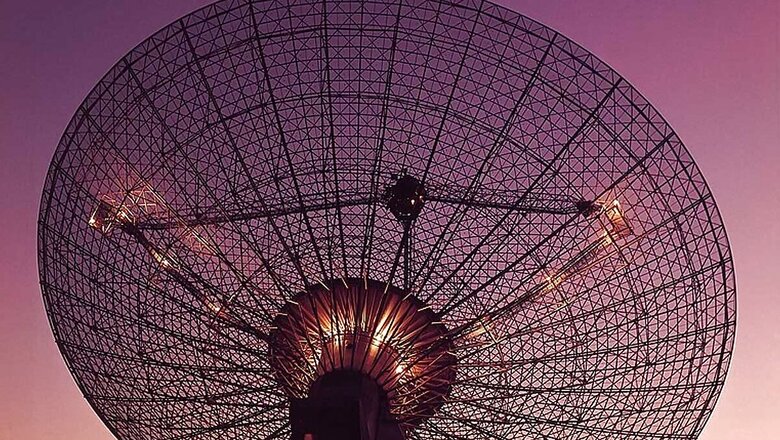
views
In a significant space leap, a team led by Indian radio astronomers has discovered 34 new giant radio sources, also known as GRSs. Some of these are the most distant ones. Notably, giant radio sources are counted among the largest objects in the universe, states the National Centre for Radio Astrophysics, Tata Institute of Fundamental Research (NCRS-TIFR) in a press release. According to the statement, the GRSs have been discovered through the use of the Giant Metrewave Radio Telescope (GMRT), near Khodad village in Pune. It was built and has been operated by the NCRS-TIFR for years now.
With two PhD students, Netai Bhukta and Souvik Manik, along with astronomers Sabyasachi Pal and Sushanta K. Mondal, the team used the TIFR GMRT Sky Survey for their research due to its low frequencies.
“Astronomers believe that GRSs represent the final stage of radio galaxy evolution due to their enormous sizes. Such enormous projected lengths of GRSs make them interesting candidates for understanding the evolution of radio sources and studying the intergalactic medium that confines the lobes far from the parent galaxy,” it added.
Speaking about the same, Pal said that these sources span millions of light years and are equivalent to lining up several tens of thousands of Milky Ways in a row. At the heart of GRSs lies a supermassive black hole, typically with a mass ranging from ten million to one billion times that of the Sun.
Serving as the central engine, this black hole pulls in surrounding matter, which becomes ionized, creating a powerful electromagnetic force that propels the material outward to the edges. “The resulting jets of hot plasma produce massive lobes of radio emissions, spanning much greater distances than the visible size of the galaxy,” Pal added.
Among the discovered GRSs, two challenge the common understanding that these sources grow in low-density environments, thus suggesting that only the environment alone does not play a key role in their sizes.
Notably, the discovery once again underscores the country’s growing potential in space research and can have profound implications for understanding the universe. The researchers plan to present new samples with detailed physical properties based on multi-wavelength observations.




















Comments
0 comment